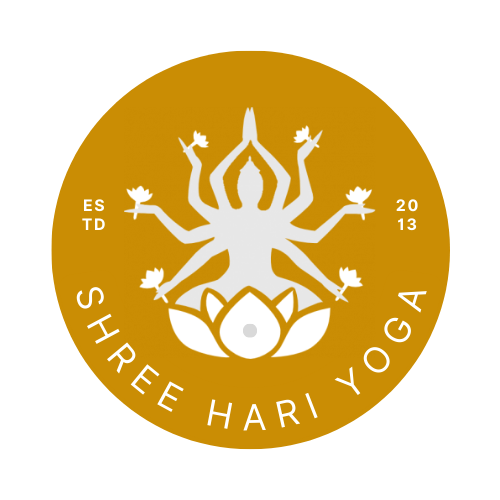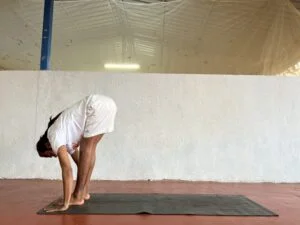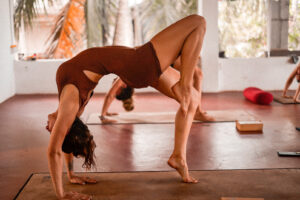Table of Contents
ToggleSupta Padangusthasana stretches hamstrings, focuses on leg muscles, and relieves back pain
In Sanskrit, “Supta Padangusthasana” means “posture,” where asana means posture and supta means supine or reclined.
Reclining Big Toe Pose gets its name because the raised leg is held at the big toe by the same-side hand, which remains parallel to the floor during the exercise.
Supta Padangusthasana is a fantastic pose for strengthening the abdominal muscles, circulating fresh blood to the hips, and enhancing flexibility in the lower back and hips.
STEPS FOR SUPTA PADANGUSTHASANA (RECLINING BIG TOE POSE):
- Lay on your back with hands by your sides and legs extended on the ground. Take a deep breath and lift your left leg until it is perpendicular to the ground.
- Raise your left arm, and with your thumb, index, and middle fingers, grab your left big toe. Keep your right hand on your right thigh, and the right leg straight on the floor. Take 3 to 4 deep breaths.
- Exhale and lift your head and trunk off the ground. While keeping the knee straight, flex your left elbow to pull the leg toward the head.
- Bring the head and trunk toward the leg so the chin rests on the left knee. Hold for about 20 seconds, breathing normally.
- Inhale, slowly lower to the floor, and straighten your left leg.
- Repeat on the other side.
Benefits of Supta Padangusthasana
A. Knowledge of Human Anatomy
Enhancing the Reproductive System:
Lifting one leg while keeping the other stretched on the floor increases pressure in the lower abdomen and improves blood circulation. This stimulates internal organs, especially reproductive organs, keeping them healthy and helping maintain hormone levels.
Maintains Health of the Rectum and Urinary Bladder:
The pressure at the sacrum and tailbone causes the surrounding muscles to contract and expand, improving function and promoting fresh blood flow to these organs.
B. General Benefits
Body Awareness:
Because one leg is lifted and the other stays on the floor, body awareness becomes key. You must stay aware of both legs, engaging the quadriceps and maintaining balance and alignment.
Strengthens Hamstrings and Quadriceps:
The raised leg engages the hamstrings, while the grounded leg works the quadriceps. Regular practice tones and strengthens both muscle groups.
Great for Athletes:
Athletes with strong leg muscles benefit greatly from this pose. It’s ideal both during warm-ups and post-workout recovery to cool down the legs and release tension.
It also helps ease sciatic pain by stretching nerves around the hips and hamstrings.
Therapeutic for Blood Pressure, Infertility, and Constipation:
With regular practice, this pose improves fertility by increasing blood flow to the pelvic region and helps treat constipation through abdominal muscle engagement.
Performing it with the stomach tucked in and abs tight further strengthens the core.
Stretches Arms and Shoulders:
Holding the big toe at a 90-degree angle deeply stretches the arms and shoulders, improving upper body flexibility and strength.
Prepares Legs for Advanced Poses:
The deep stretch of the inner thighs and hamstrings opens the muscles and increases flexibility, setting a strong foundation for more advanced poses.
CONTRAINDICATIONS FOR SUPTA PADANGUSTHASANA
- Avoid if you have hamstring or quadriceps injury:
This pose involves deep extension of the leg muscles, so avoid it during recovery from such injuries. - Weak legs and hips:
If your legs or hips are weak, practice this pose under supervision or with props/support. - Shoulder injury:
Holding the toe requires shoulder flexibility. If you have shoulder pain or tightness, it may aggravate the discomfort. Modify accordingly or skip the pose.





